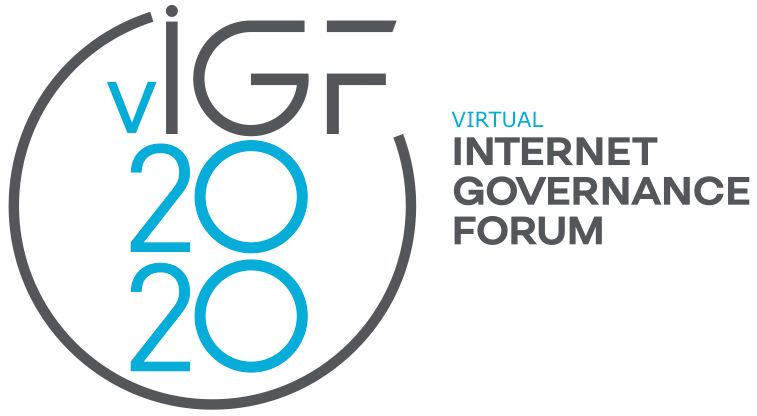Digital (in)accessibility and universal design
13 Nov 2020 10:40h - 12:10h
Event report
Ms Edith Kimani (Journalist, Deutsche Welle (DW)) moderated the session, which focused on how most digital technologies are, by their design, not accessible to Persons with Disabilities (PWD). The panel explored the state of the art of digital accessibility, the systemic barriers to accessibility, and raised recommendations for implementation of accessibility policies.
Dr Bernd Schramm (Deutsche Gesellschaft für Internationale Zusammenarbeit (GIZ) GmbH) began the session by addressing the importance of designing digital technology so that PWD, approximately 15% of the population, could take part in public life. Universally designed products should provide access for everyone, which implies that PWD should participate in designing these products. He highlighted that such accessible platforms, applications, and products would help all people and not just PWD. He demonstrated by referring to voice output and input, a technology that benefits not only PWD, but also illiterate people and the elderly.
In response to a question posed to the audience, Ms Irene Mbari-Kirika (Founder and Executive Director, inABLE) argued that the main challenges PWD encounter when dealing with digital technology are accessibility and lack of skills. She highlighted that creating accessible products depends on designer understanding of PWD needs and on user development of basic skills for using these products. The problem begins when the design does not take into consideration PWD and then PWD do not how to use the product.
Mr Bernard Chiira (Director, Innovate Now, Africa) stated that we need to think of universal design as an enabler. Universal design relates to participation and our society is not organised to foster the participation of all segments of society. For example, universal design enables public transportation so that people can move and get to work, yet PWD cannot always use public transportation and require extra effort and resources to do so. Therefore, thinking about accessibility needs to be more holistic, rather than merely technically sophisticated. Principles of accessibility need to be implemented in the way we build our world.
Ms Claire Sibthorpe (Head, GSMA Connected Women) rejected the claim that the private sector is not doing enough to include PWD in the design of products. From her point of view, no stakeholder is doing enough in the matter, but in recent years a change has taken place within the industry. She mentioned that her company is about to issue a set of principles designed by and for the mobile industry for the digital inclusion of PWD. She emphasised three main aspects that need address to improve the creation of inclusive technology for PWD: disability inclusion within an organisation, understanding the needs of PWD before designing products, and a focus on how to deliver products to various sectors since not all people are even aware of disability features within a given product.
Mr Wairagala Wakabi (Executive Director, CIPESA, Africa) criticised the conduct of governments in the matter. Governments are not aware of these issues and act in what he referred to as a ‘clueless’ manner. Governments, he claims, sometimes even try to limit civil society advocacy. Furthermore, even when some policymakers try to promote legislation designed to improve digital inclusion or accessibility, governments hardly implement their laws and policies. He also highlighted the fact that governments do not have sufficient information on the matter because they do not have data regarding numbers and needs of PWD in their own countries.
Mr Tim Unwin (Chairholder of the UNESCO Chair in ICT4D) emphasised the importance of creating and designing products with people and not for people. As for governments, he argued that international and intergovernmental organisations can help governments in implementing practices of accessibility and digital inclusion. He reflected on his own experience in working with governments in Jordan, Pakistan, and Malaysia, and claimed that the governments do not always know how to implement policies. He also highlighted the importance of creating a better funding policy, one that focuses more on funding education and less on technological innovation. He concluded by referring to the issue of responsibility, underlining the idea that our joint responsibility is inclusion.
Related topics
Related event

